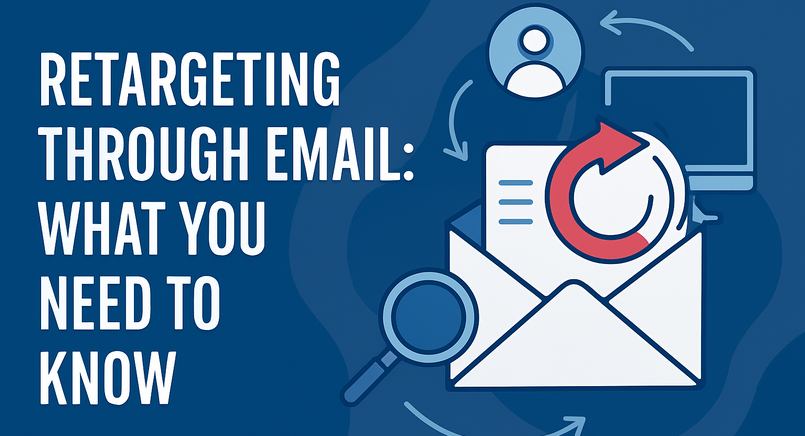
Retargeting Through Email: What You Need to Know
When it comes to marketing, few strategies are as effective—or as often underutilized—as email retargeting. In the age of algorithms, pixels, and disappearing social media reach, email remains one of the most direct, personal, and conversion-friendly tools available to marketers. Yet many businesses leave opportunity on the table by not incorporating retargeting into their email strategy. If you’ve ever wondered how to stay top-of-mind with someone who visited your site but didn’t convert, email retargeting is your answer.
At its core, email retargeting is about reconnecting with individuals who have already shown interest in your brand. Maybe they added a product to their cart but didn’t complete checkout. Maybe they signed up for your newsletter but never opened another message. Maybe they browsed a landing page, clicked on a promotion, or downloaded a lead magnet. Each of these touchpoints is a signal—a breadcrumb trail showing intent—and email retargeting lets you follow up with purpose.
The beauty of this strategy lies in its relevance. Unlike a generic blast that goes out to thousands, retargeting emails are personal. They speak directly to a behavior or an action, making them feel less like marketing and more like a helpful reminder. And consumers respond. Retargeted emails tend to enjoy higher open rates, stronger click-through rates, and better conversion numbers than standard campaigns.
But effective email retargeting requires more than just firing off a quick message. Timing, tone, and targeting all matter. For example, a cart abandonment email sent within an hour of the customer leaving your site is far more likely to result in a sale than one sent two days later. The tone should be friendly, not pushy—offering assistance or even a small incentive, rather than a hard sell. And the targeting must be spot-on. A user who browsed a specific product category should be shown related items, not something completely unrelated. Context is key.
One of the biggest advantages of using an email platform like YNOT Mail for retargeting is the control it gives you. You can segment your audience, automate follow-ups, track behaviors, and tailor content to match the customer journey—all from a centralized dashboard. It’s not just about sending more emails; it’s about sending smarter emails.
Privacy, of course, is part of the conversation. As users become more aware of how their data is used, transparency and trust become paramount. Make sure your email retargeting efforts respect opt-in laws, honor unsubscribes, and clearly communicate your intent. Done right, retargeting shouldn’t feel invasive—it should feel helpful.
Ultimately, retargeting through email is about giving yourself a second chance. A second chance to capture a lead, close a sale, reignite interest, or simply remind someone that you’re still here and ready to help. In a world where attention spans are short and distractions are plenty, that second chance can make all the difference.
If you’re not already using email retargeting as part of your strategy, now’s the time. Your audience is already listening—you just need to speak their language, at the right time, with the right message.
